This article needs additional citations for verification .(December 2016) |

Pierre Grivolas (2 September 1823, Avignon - 5 February 1906, Avignon) was a French painter; known for landscapes, portraits and genre scenes.
This article needs additional citations for verification .(December 2016) |

Pierre Grivolas (2 September 1823, Avignon - 5 February 1906, Avignon) was a French painter; known for landscapes, portraits and genre scenes.
After displaying an early talent for drawing, his parents enrolled him in art classes. In 1843, he won first prize in the Biennial Design Contest at the Fondation Calvet, which came with a cash award that enabled him to continue his studies in Paris. [1] There, he was a student at the École des Beaux-Arts, where he met and was influenced by Dominique Ingres, Eugène Delacroix and Hippolyte Flandrin. In 1848, at the outbreak of the February Revolution, he returned to Avignon. He became one of the first members of the Félibrige in 1854.

In 1877 the Soucieta Felibrenco dé Paris was founded by Baptiste Bonnet, Jean Barnabé Amy, Joseph Banquier, Antoine Duc (Duc-Quercy), Maurice-Louis Faure , Louis Gleize and Pierre Grivolas. The society created the journal Lou Viro-Souléu. [2] From 1878 until his death, Grivolas was the Director of the École des Beaux-Arts d'Avignon; [1] steering his students away from Academicism by taking them on plein aire excursions to Les Angles and along the Rhône. He is credited with creating the art movement now known as the "Nouvelle école d'Avignon".
In 1894, Grivolas invited his youngest brother, Antoine Grivolas , a still-life painter, to leave his home on the Côte d'Azur and join him at his home near Mont Ventoux, [1] where they lived like shepherds while making sketches. The following year, they moved to Monieux, a small village at the entrance to the Gorges de la Nesque . They spent the next season at Ventouret, near Aurel, attempting to capture the colors of the mountain landscape. A street in Avignon has been named after him.
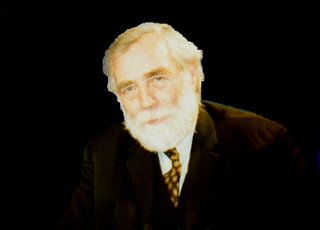
Pierre Carron is a French sculptor and painter, especially known for his portrayals of children and natural landscapes.

Louis-Pierre Deseine (1749–1822) was a French sculptor, who was born and died in Paris. He is known above all for his portrait busts and imaginary portraits.
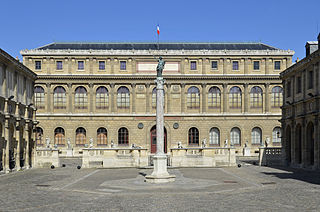
An École des Beaux-Arts is one of a number of influential art schools in France. It is the cradle of Beaux-Arts style in architecture and city planning that thrived in France and the United States during the end of the nineteenth century and the first quarter of the twentieth century. The most famous and oldest École des Beaux-Arts is the École nationale supérieure des Beaux-Arts, now located on the left bank in Paris, across the Seine from the Louvre, at 14 rue Bonaparte. The school has a history spanning more than 350 years, training many of the great artists in Europe. Beaux Arts style was modeled on classical "antiquities", preserving these idealized forms and passing the style on to future generations.
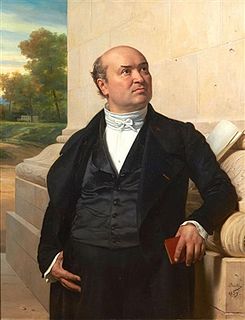
Jean-Nicholas Huyot was a French architect, best known for his 1833 continuation of work on the Arc de Triomphe from the plans of Jean Chalgrin.
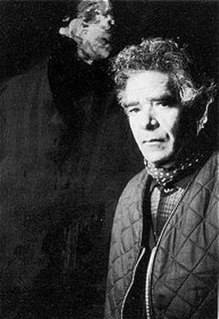
Ibrahim Shahda was a figurative French painter born in Egypt.
Alexis Leon Louis Valbrun was a prominent French painter specialized in portraits of the European aristocracy. He studied under Nicolas Gosse and was a pupil of Antoine-Jean Gros. He entered the École nationale supérieure des Beaux-Arts in Paris in 1817 and exhibited his work at the Salon (Paris) between 1831 and 1843. Some of his paintings are displayed at the Fondation Calvet in Avignon, the Palace of Versailles and the Chateau de Chantilly. His historic painting La mort de Saphire was exhibited at the Salon in 1843. In 1846 he decorated the church Saint-Paul-Saint-Louis in Paris.

Robert Antoine Pinchon was a French Post-Impressionist landscape painter of the Rouen School who was born and spent most of his life in France. He was consistent throughout his career in his dedication to painting landscapes en plein air. From the age of nineteen he worked in a Fauve style but never deviated into Cubism, and, unlike others, never found that Post-Impressionism did not fulfill his artistic needs. Claude Monet referred to him as "a surprising touch in the service of a surprising eye".

Henri Bouchet-Doumenq was a 19th-century French painter who specialized in portraits and landscapes.

Camille Bouvagne (1864–1936) was a French painter from Lyon, France. A member of the Lyon School, Bouvagne exhibited regularly at the Le Salon in Lyon.
Victor Leydet (1861–1904) was a French genre painter.
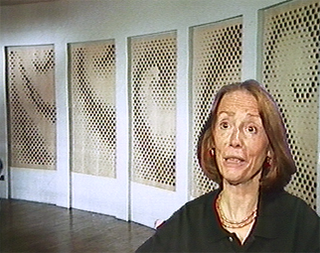
Béatrice Casadesus is a French painter and sculptor, and professor at the École nationale supérieure des Beaux-Arts in Paris, France.
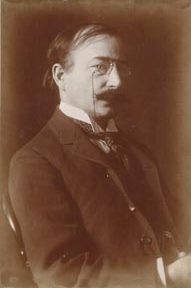
Henri Beau was a French-Canadian Impressionist painter. He is noted for Chemin en été, La dispersion des Acadiens, L'arrivée de Champlain à Québec, and Les Noces de Cana. Beau is a largely forgotten artist due to his long absence from Canada. His widow Marie Beau worked towards establishing his reputation as an artist in Canada after his death. He was only recognized as a notable artist, decades after his death, with major retrospectives of his paintings celebrating his career by the Galerie Bernard Desroches in Montréal in 1974, and at the Musée du Québec in Québec City in 1987.

Alfred Casile (1848-1909) was a French landscape and marine painter.

Jean-Paul Marie Saïn was a French painter, known primarily for landscapes and portraits.

Jean Barnabé Amy was a French sculptor who mainly specialized in bas relief. He was close to members of the Félibrige, a society that promoted Provençal culture, and often made statues, busts or reliefs of members of this society.
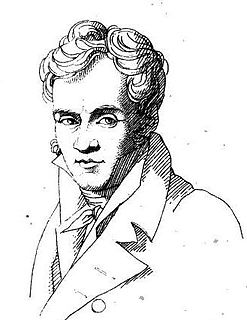
Louis Étienne Watelet was a French landscape painter and art teacher.

The Calvet Museum is the main museum in Avignon. Since the 1980s the collection has been split between two buildings, with the fine arts housed in an 18th-century hôtel particulier and a separate Lapidary Museum in the former chapel of the city's Jesuit college on rue de la République. It is one of the museums run by the Fondation Calvet.
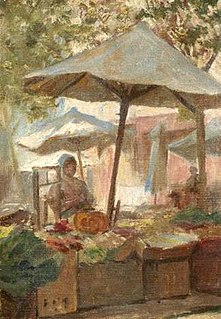
Gérard Clément-Brun was a French portrait and cityscape painter. Some sources give his year of birth as 1867 or 1868.
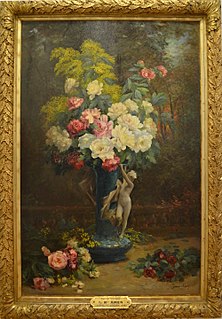
Jeanne Amen was a French painter.
Louis Henri Deschamps was a french painter born May 25, 1846 in Montélimar (Drome) and died August 8, 1902 in Montélimar.
| Wikimedia Commons has media related to Pierre Grivolas . |